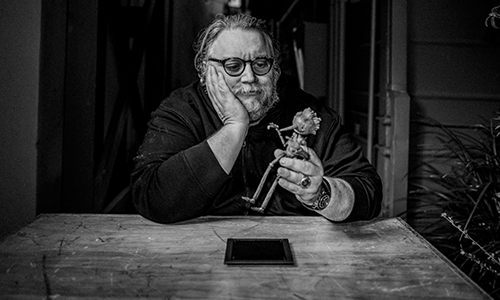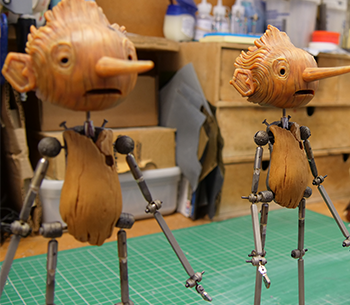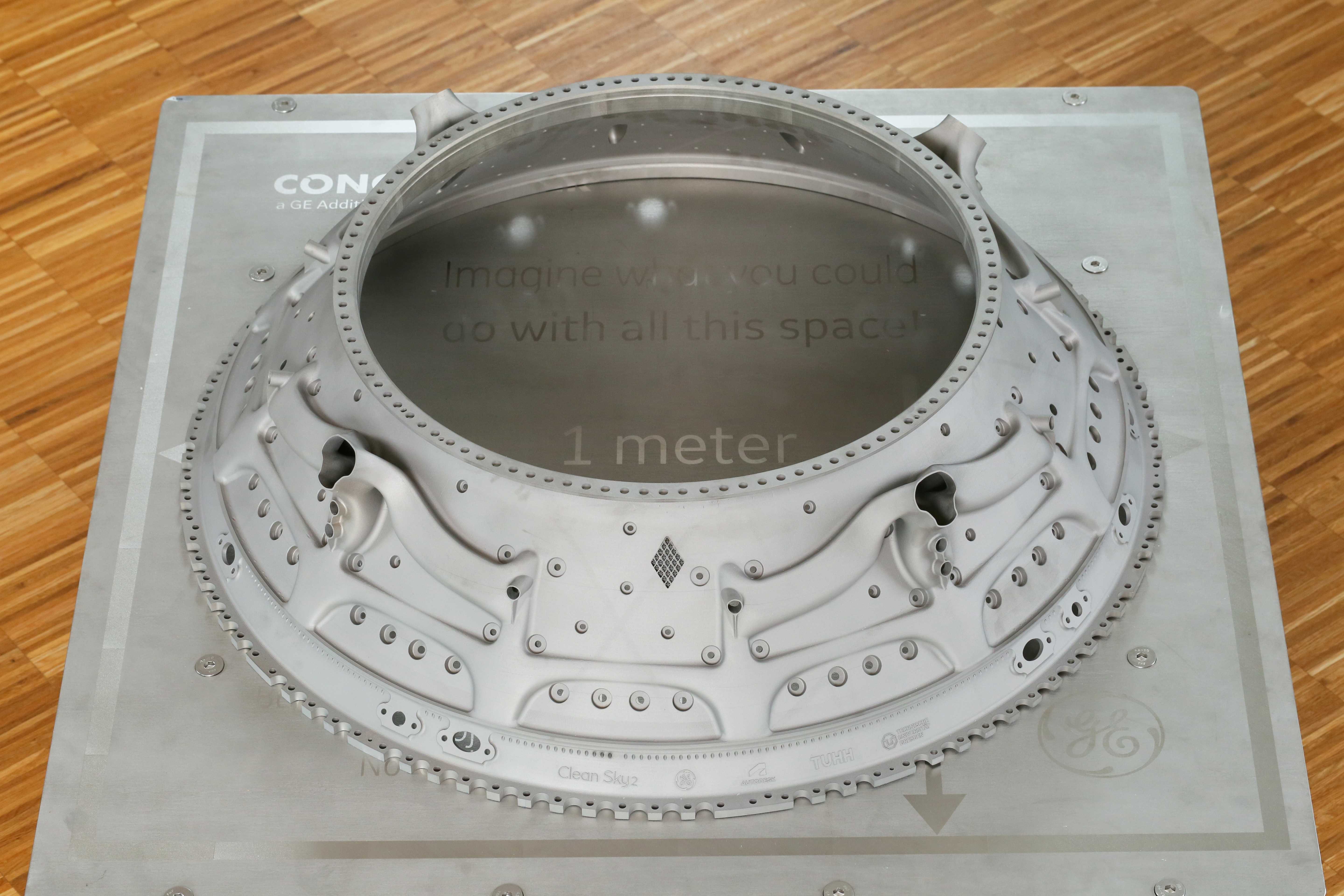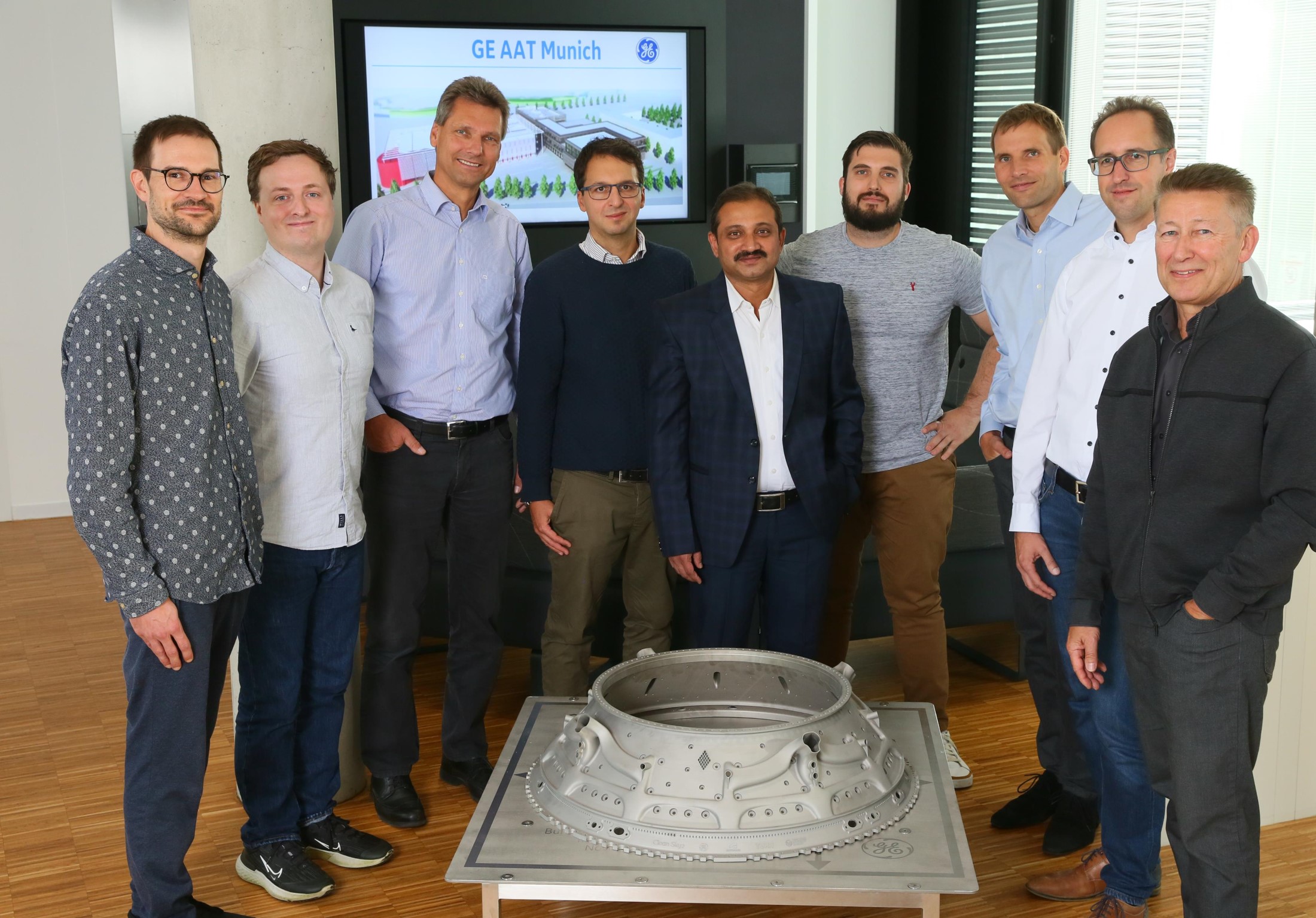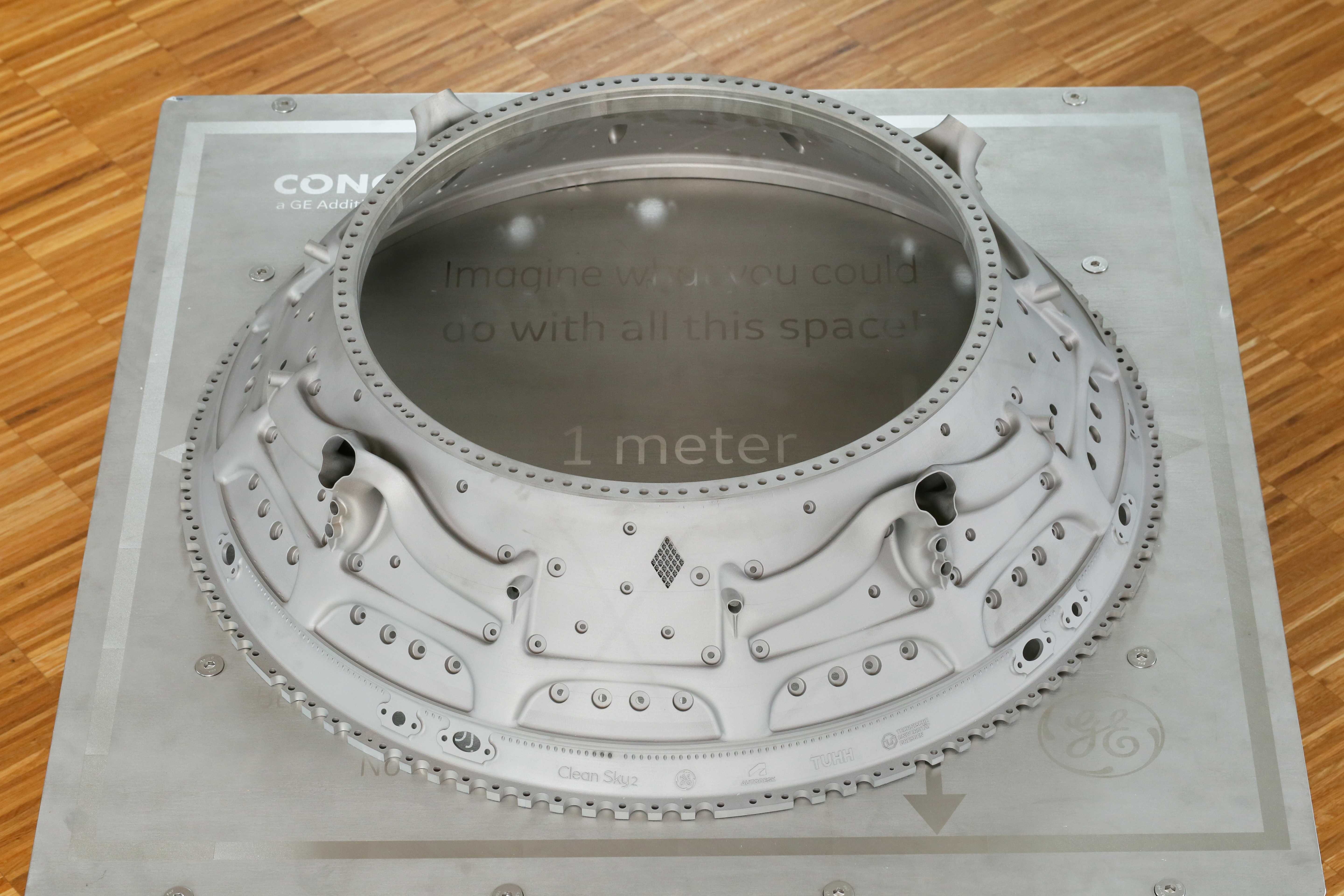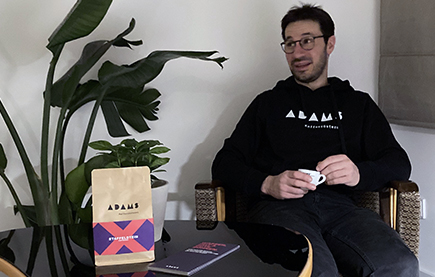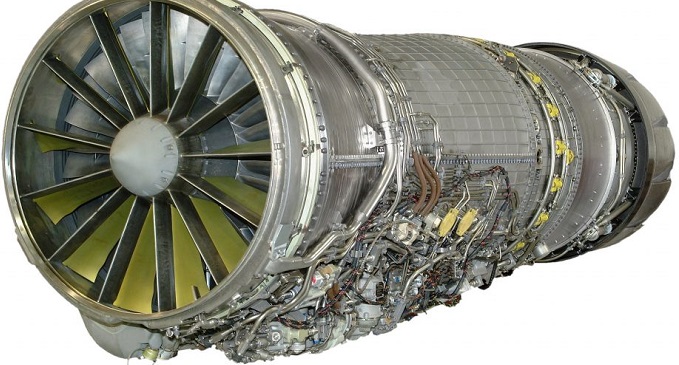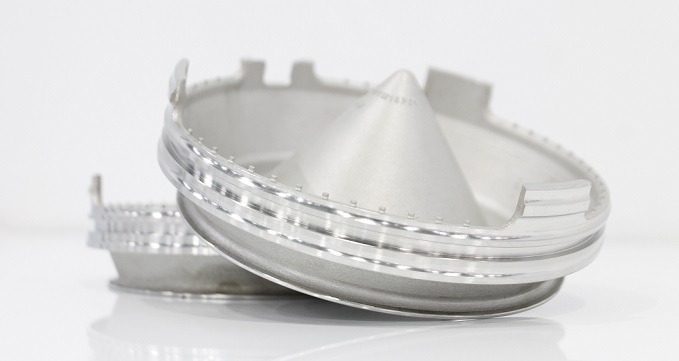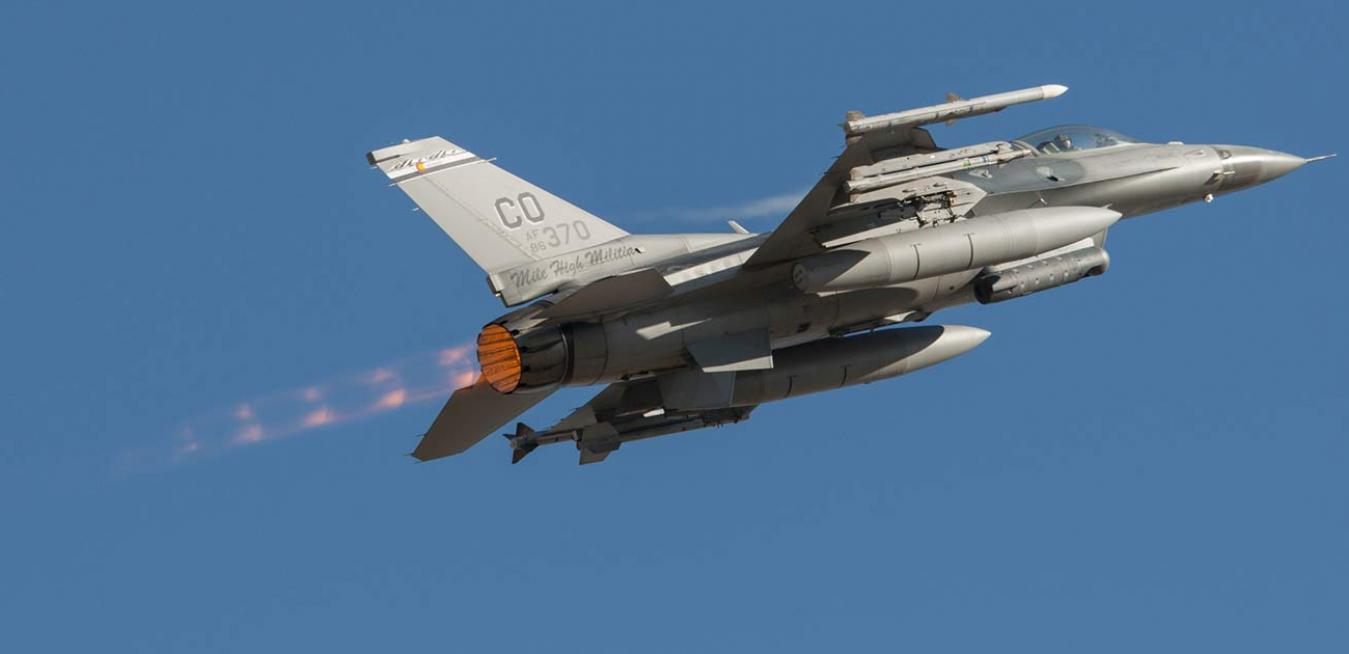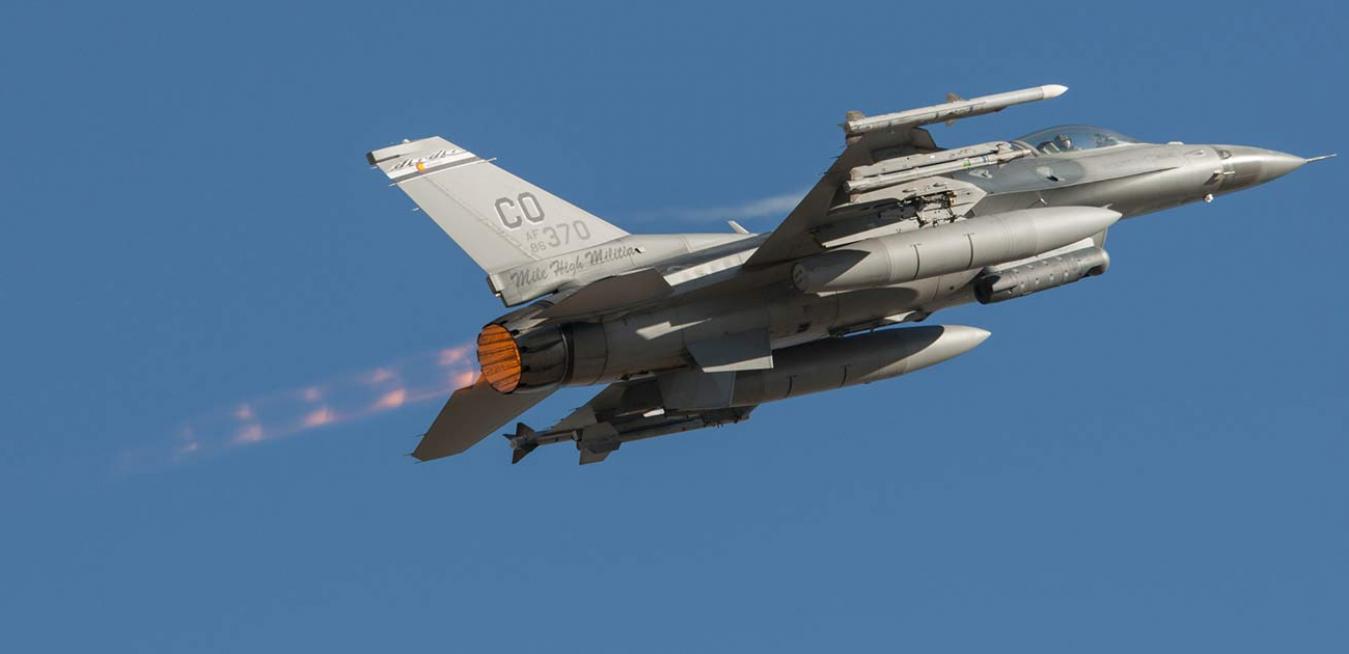Ramén Valves: An Additive Manufacturing Pioneer in the Industry
Part of the excitement around metal additive happens when someone discovers a unique application in an industry typically dominated by casting and the machining of bar stocks. This is the case for Ramén Valves. They realized the advantages of metal AM and the technology to create unique valves for the pulp and paper industry.
Back in the 1960s, the Swedish pulp and paper industry was in desperate need of an efficient control valve solution for fiber suspensions. Rising to the challenge, Swedish engineer Torsten Ramén initiated the development of the Ramén Ball Sector Valve precisely for this purpose, and Ramén Valves was born.
Fast forward 60 years, and the company is again revolutionizing the industry as one of the first valve manufacturers in the world to offer control valves in Titanium Grade 5 using additive manufacturing - in a sector typically dominated by casting and the machining of bar stocks.
This additive manufacturing journey began after 2012 when Managing Director Per Wennersten took the helm. Since then, the company has created an exciting movement in an industry with a reputation for being slow to adopt new technologies.
“In 2016 we met Arcam, now part of GE Additive, at a tradeshow in Gothenburg. We saw the opportunities in the technology and started using their Electron Beam Melting (EBM) printers because they were the best option for printing titanium,” explained Wennersten.
Titanium is a metal that is commonly used in pulp and paper applications. EBM has become a stalwart machine for producing parts made of this and other hard-to-process alloys. Ramén Valves has stuck with EBM due to good results and the economic infeasibility of switching to a new printing method after so many years of development.

3D-printing innovation in the valves industry
As the only company showcasing 3D-printed valves at a conference in Dusseldorf in 2017, it became apparent to Wennersten that Ramén Valves may be one of the first in its industry to be using additive manufacturing technology.
Working with AIM Sweden, a commercial spin-off of an additive manufacturing research group based at the Mid Sweden University in Östersund, the general EBM titanium processes were optimized specifically to print valves.
“AIM Sweden is a service bureau specializing in EBM technology and its industrial applications. The ball sector valves from Ramén Valves are a very good example of where the EBM process can really add value,” said Stefan Thundal, AIM Sweden’s CEO. “First, many of these valves are used in critical applications, where confidence in material properties is paramount. Second, these valves are often large, bulky components, and for such components, the EBM process excels, both in productivity and providing parts free from residual stress. Finally, we can offer Ramén Valves significantly shorter lead times.”
“I remember back then there really wasn’t much interest in what we were doing, as the industry hadn’t considered 3D-printed valves before,” said Wennersten. “This is now changing as end-user industries start to see the benefits of additive manufacturing. Currently we are focused on making titanium valves but are looking to expand out into duplex and super duplex stainless steels and Hastelloy.”
“Ever since the start of our collaboration we have worked extremely well with Ramén Valves,” added Thundal. “We truly look forward to expanding the use of EBM technology in the future.”
The benefits of additive and a surprising niche
Additive manufacturing has multiple benefits, particularly when it comes to design freedom and reduced manufacturing times.
Ramén Valves first started producing valves that had an extended functionality, where they adapted the build length of the valve to improve its design. In addition, the technology allows the production of parts made of specific alloys and the creation of parts that have a complex geometry—opening up the valves to new applications. There is hope in the future to use additive to increase the productivity of existing processes by adding extra functions.
The switch to additive manufacturing also removed the long lead and shipping times for receiving parts as most traditional casting work is done out in Asia. For example, a Ramén Ball Sector valve for the pulp and paper industry can be delivered within four weeks compared to two months with more traditional manufacturing.
As the technology builds a part in layers material waste and consumption are minimized and with more local production, associated supply chain impacts are vastly reduced.
Beyond the benefits of manufacturing new parts, additive manufacturing is playing a key role for Ramén Valves in an interesting new niche - retrofitting applications. The production of many valves in existing piping systems has been discontinued, but rather than the costly option of rebuilding or replacing this piping infrastructure, many companies are looking to keep their existing systems.
This is driving a need to produce exact copies of the discontinued valves. As they are bespoke, casting and machining them traditionally in large volumes is not a feasible approach, but the ability to print them on demand in small quantities (often a one-off) has created a new market for Ramén Valves.

Addressing certification and cost
Any new technology adoption brings challenges. It can take time for new technologies to work properly for an intended application. It can also take time for people within an industry to be convinced that a new technology is better than the status quo. In the valves industry the two key challenges are certification and cost.
The industries that use these valves―process industries such as chemical plants and paper and pulp plants―are highly regulated and there are restrictions to what pressurized equipment can be used. "We think that the certification of 3D-printed parts in our industry could help to bring prices down and grow the market. It’s currently not possible to get a materials certification for 3D printed parts, as you can for casted or machined parts,” said Wennersten.
“There has been some development towards certification thanks to compliance and certification organizations such as TÜV, Lloyds and DEKRA, but there is still no definitive method for having the 3D printed parts in pressurized conditions. Without certification, it is impossible to obtain a CE Mark and we are unable to sell the valves in Europe.”
Ramén Valves has developed its own in-house certification, distributed with units sold, but it is limited because it’s not verified by a third party. The company is currently in discussion with DEKRA to investigate certification possibilities going forward.
In terms of cost it is still currently more costly to make parts using additive manufacturing than by traditional machining or casting. If certifications become available for 3D-printed valves, this could all change as there’ll be a bigger interest in the market.
Outsourcing printing rather than owning a machine
Ramén Valves remains a pioneer of additive manufacturing in the valves industry, but the market is currently not yet big enough to justify purchasing an in-house machine. The company outsources the production of its designs to service bureaus such as AIM, which brings the valves to life.
“We don’t own our own castings, we buy our valves from someone who can cast them according to our specifications, so we are interested to understand the additive printing landscape across Europe to find companies that own machines and have space for our geometries. Each company has its own specialization. We’ll certainly continue to work with AIM Sweden on titanium valves but would like to partner with other expertise in the stainless-steel industry to create 3D-printed duplex and super duplex steel valves,” said Wennersten.
“We are not a user of the printer; we are buying the services. There are a lot of companies that could make use of having printer suppliers instead of buying expensive castings from Asia. If there are more suppliers of these services, it’s possible manufacture locally and the environmental footprint from shipping would also be much lower.”
Looking to the future
While the market is still currently small for 3D-printed valves, there is a lot of interest and potential to improve output in coming years. Ramén Valves is currently working with customers that purchase and use different processing valves to discuss the paperwork needed to adopt this new technology in highly regulated settings. “While the focus now is on complex geometries, it’s hoped that the ability to use these valves for pressurized systems in the coming years will open doors to new applications and markets,” Wennersten concluded.
All images courtesy of Ramen Valves



